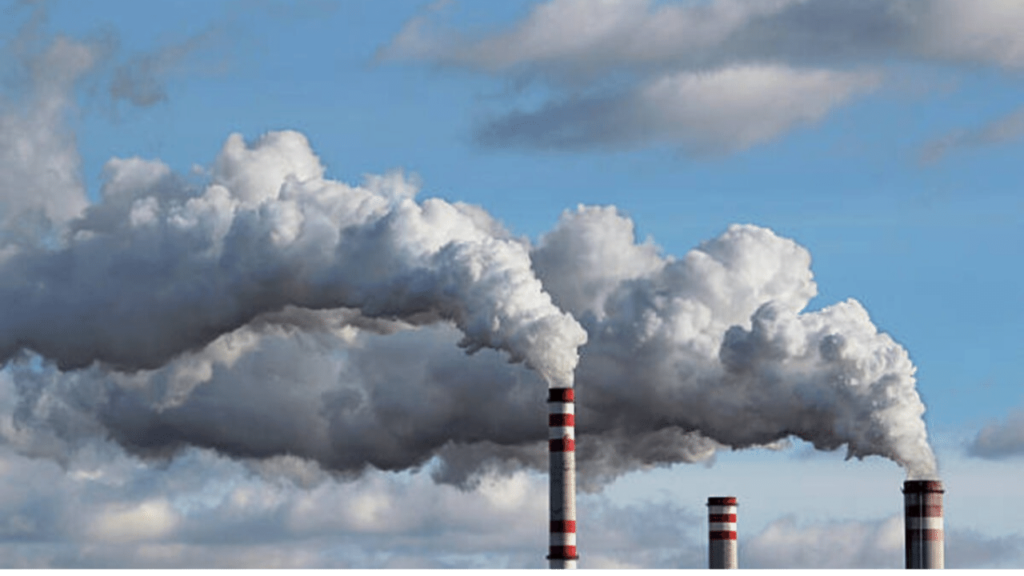
Cảbon, the fundamental building block of life, holds profound significance in various fields ranging from chemistry to its crucial role in climate dynamics. In this comprehensive exploration, we delve into the multifaceted nature of cảbon, unraveling its chemistry, its pivotal importance in diverse industries, and its profound impact on the climate.
Understanding Cảbon:
At the heart of organic chemistry lies the element cảbon, known for its remarkable ability to form stable bonds with other elements, giving rise to a myriad of compounds. Its versatility enables the formation of complex structures, essential for life as we know it. From carbohydrates to proteins, cảbon compounds are the cornerstone of biological systems, contributing to the intricacies of cellular processes.
Cảbon in Industry:
Beyond its biological significance, cảbon plays a pivotal role in various industries, serving as a fundamental component in the production of countless materials. From the carbon fibers strengthening aircraft to the carbon black used in rubber manufacturing, its applications are diverse and indispensable. Moreover, cảbon-based materials are at the forefront of technological advancements, driving innovation in fields such as electronics and nanotechnology.
The Climate Connection:
While cảbon is integral to human progress, its excessive release into the atmosphere has profound implications for the Earth’s climate. The burning of fossil fuels releases vast amounts of carbon dioxide (CO₂), a greenhouse gas that traps heat within the Earth’s atmosphere, leading to global warming and climate change. Additionally, deforestation and land-use changes disrupt the natural carbon cycle, further exacerbating these effects.
Mitigating Climate Impact:
Addressing the climate impact of cảbon emissions requires concerted efforts on a global scale. Transitioning to renewable energy sources, enhancing energy efficiency, and adopting sustainable land-use practices are essential steps towards reducing carbon emissions. Furthermore, carbon capture and storage technologies offer promising solutions for capturing CO₂ emissions and preventing their release into the atmosphere.
Cảbon’s Environmental Impact:

Beyond its contributions to industry and chemistry, cảbon’s environmental impact cannot be overstated. The burning of fossil fuels releases carbon dioxide into the atmosphere, contributing to the greenhouse effect and climate change. Additionally, other carbon-based pollutants, such as methane and black carbon, further exacerbate environmental degradation and air quality issues. Understanding the sources and impacts of these emissions is crucial for developing effective mitigation strategies and transitioning towards a more sustainable future.
Renewable Energy and Cảbon Reduction:
One of the most promising avenues for reducing cảbon emissions is the widespread adoption of renewable energy sources. Solar, wind, hydroelectric, and geothermal energy offer clean alternatives to fossil fuels, significantly reducing greenhouse gas emissions associated with electricity generation. Moreover, advancements in energy storage technologies and grid integration further enhance the feasibility and reliability of renewable energy systems, accelerating the transition towards a low-carbon economy.
Cảbon Sequestration and Carbon Offsetting:
In addition to reducing emissions, efforts to sequester carbon from the atmosphere play a crucial role in mitigating climate change. Carbon sequestration involves capturing CO₂ emissions from industrial processes or directly from the atmosphere and storing them in geological formations, forests, or other carbon sinks. Furthermore, carbon offsetting initiatives enable individuals and organizations to compensate for their carbon footprint by investing in projects that reduce or remove an equivalent amount of CO₂ from the atmosphere, such as reforestation or renewable energy projects.
Policy and Governance:
Effective climate action requires robust policy frameworks and international cooperation. Governments play a central role in setting emissions targets, implementing regulations, and incentivizing low-carbon technologies and practices. International agreements, such as the Paris Agreement, provide a framework for collective action to limit global warming and mitigate the impacts of climate change. Additionally, partnerships between governments, businesses, and civil society are essential for driving innovation and scaling up climate solutions on a global scale.
Education and Awareness:
Raising awareness and educating the public about the importance of cảbon reduction and climate action is critical for fostering widespread support and behavioral change. Public outreach campaigns, environmental education programs, and initiatives that promote sustainable lifestyle choices empower individuals to make informed decisions and take meaningful action to reduce their carbon footprint. By fostering a culture of environmental stewardship and collective responsibility, we can inspire positive change and build a more resilient and sustainable future for all.
In Conclusion:
In conclusion, cảbon’s significance extends far beyond its role in chemistry and industry—it is intricately linked to the health of our planet and the well-being of future generations. By exploring the various dimensions of cảbon, from its chemical properties to its environmental impact, we gain insights into the complex challenges posed by climate change and the opportunities for transformative action. Through innovation, collaboration, and a shared commitment to sustainability, we can navigate the transition to a low-carbon future and safeguard the planet for generations to come.
FAQs
What is the significance of cảbon in chemistry and industry?
Cảbon is essential in chemistry for its ability to form stable bonds, contributing to the structure of organic compounds vital for life. In industry, it’s used in various applications such as carbon fibers and electronics due to its versatility.
How does cảbon contribute to climate change?
The burning of fossil fuels releases carbon dioxide (CO₂), a greenhouse gas, into the atmosphere, trapping heat and leading to global warming. Additionally, other carbon-based pollutants like methane exacerbate environmental issues.
What are renewable energy sources, and how do they reduce cảbon emissions?
Renewable energy sources like solar, wind, and hydroelectric power offer clean alternatives to fossil fuels, significantly reducing greenhouse gas emissions associated with electricity generation.
What are carbon sequestration and offsetting?
Carbon sequestration involves capturing CO₂ emissions and storing them in geological formations or carbon sinks. Carbon offsetting allows individuals and organizations to compensate for their carbon footprint by investing in projects that remove or reduce CO₂ emissions.
What role do policy, education, and awareness play in combating climate change?
Effective policy frameworks, international cooperation, and public awareness campaigns are crucial for driving climate action. Policies set emissions targets and incentivize low-carbon technologies, while education empowers individuals to make sustainable choices and support climate solutions.




